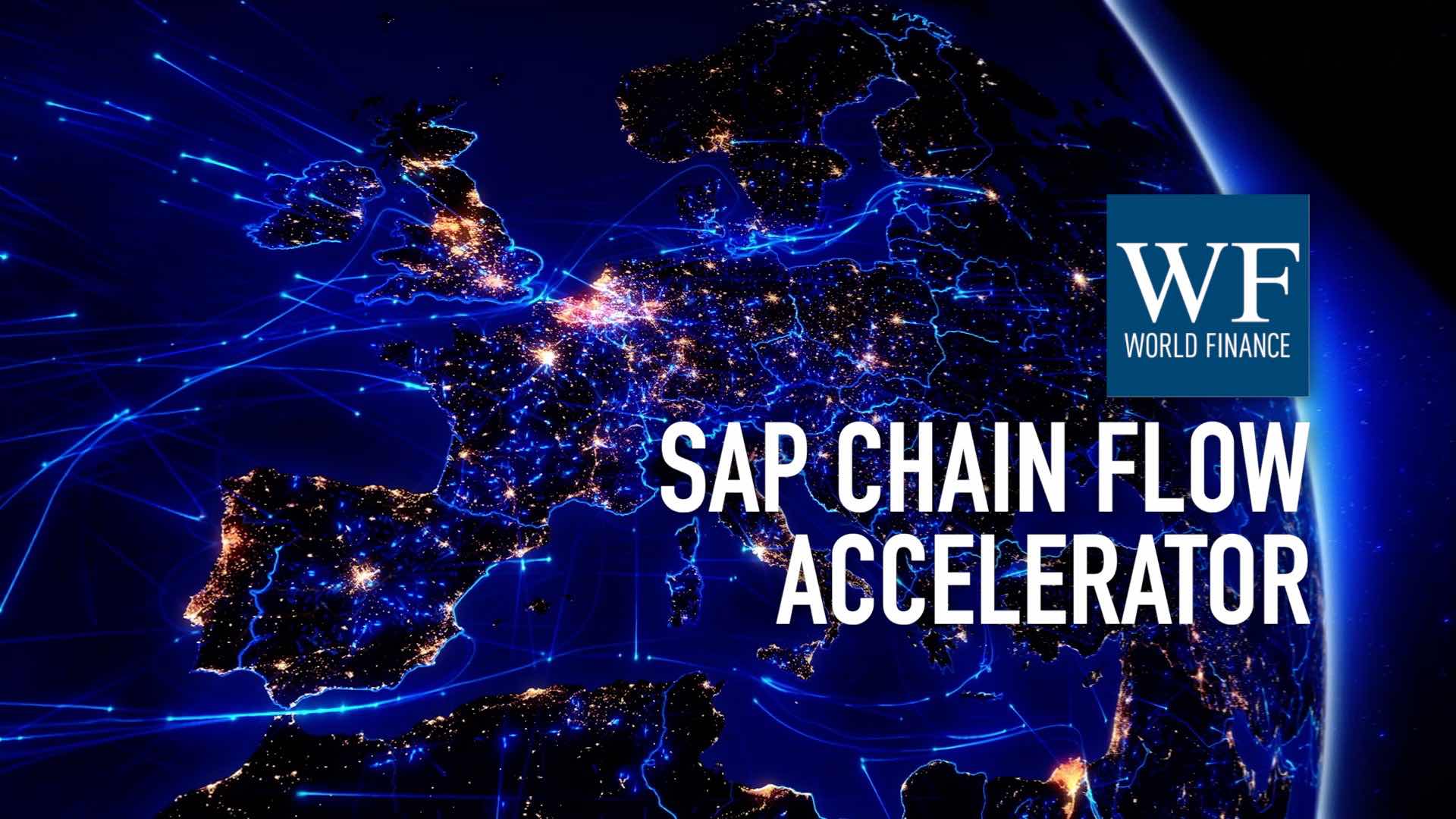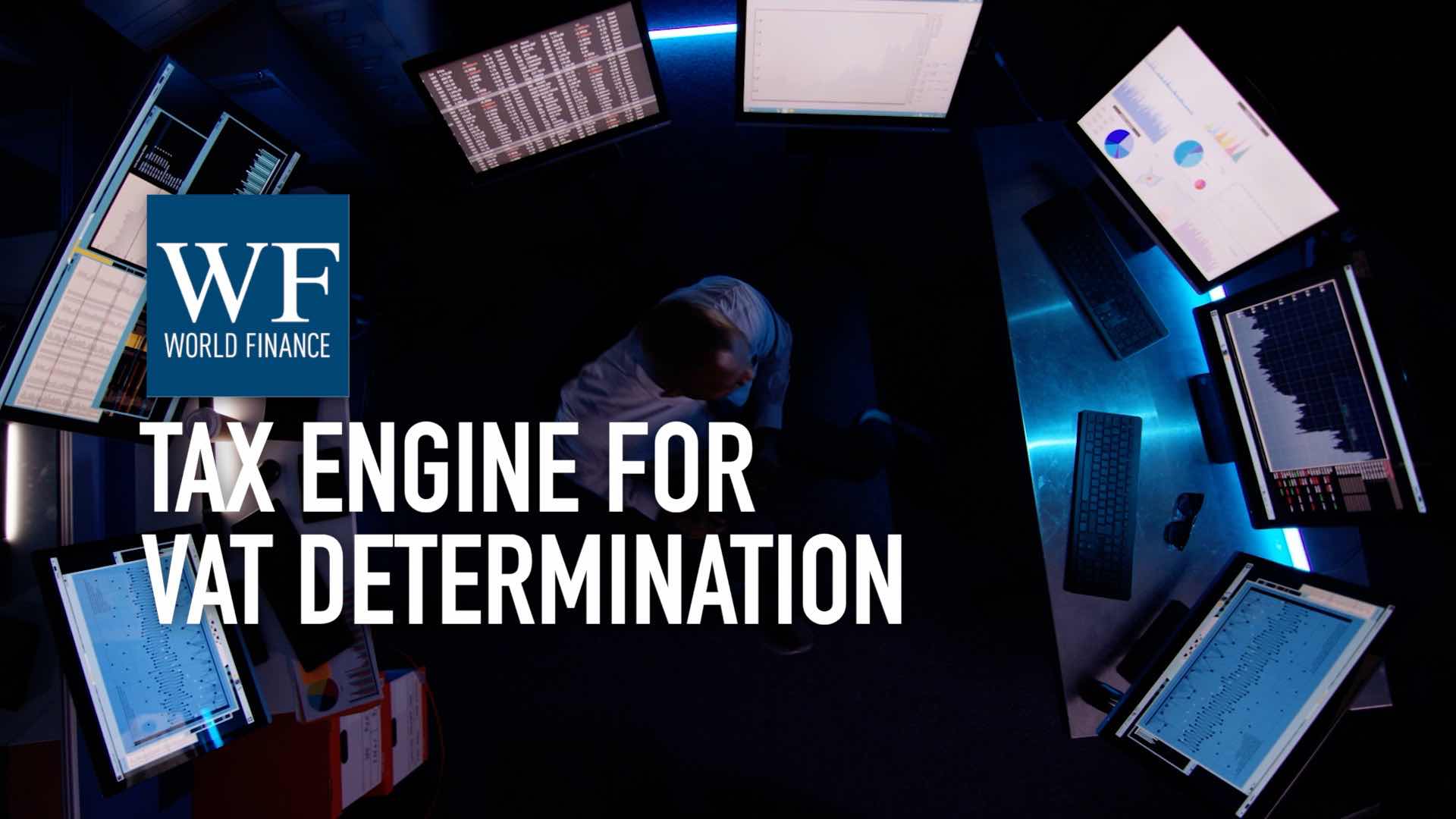The next stage of tax automation | Vertex Exchange Europe 2019
Geoff Peck explains why simple automation of tax processes isn't enough
Related:
Transcript
Tax technology specialists Vertex brought together tax professionals, solution experts, and its customers in Munich for its Vertex Exchange Europe event. World Finance interviewed half a dozen delegates for an update on Europe’s latest tax compliant challenges and technological advancements: you can watch them all in our Tax Automation with Vertex playlist on Youtube.
Geoff Peck: Tax automation of course is not new – lots of companies have actually had tax automation strategies now for approaching 20 years. The important thing right now is that the simple idea of automation has actually proved itself to be not quite enough. Automation is very much – let’s just get this process where it used to be done by a human, now let’s have it done by a machine. It’s a little bit industrial age thinking.
What we’re seeing is tax authorities, they’re already moving beyond the industrial age thinking. What they’re managing to be able to do with big data technologies is in fact, take raw data, and extract automatically using technology, the business sense from that data.
So companies have to try and keep up with this. Now that sounds like a big step forward – it’s actually not as big a step as it needs to be. The old-fashioned, obviously good quality implementations in ERP, and making great use of technology – all that stuff is still important. But what they really now need to be thinking about is adding a little bit of a layer on top of that, which is to really understand some of these concepts, these keywords that are out there. Like digitalisation, like transformation, data-first; even some of the newer technology: how does robotics fit in? Robotics for example has only got automation in it, there’s no transformation in robotics. And start to understand some of these. And layer those across the top of what’s being done. And then actually what you’re going to be able to do is understand what you’re doing at the lower level technically – how it’s really going to impact the business. And start to break out of the kind of mental trap that people are in today, where they really don’t know what the way forward is.
We actually have a word for it – we call it taxology. And taxology, like I say, taxology kind of sits on top of tax technology. We’ve always had good tax technologists who understand the technology, and can implement the technology. But implementing the technology alone, in isolation, has proved not to be enough. You’ve got to bring the process and the people, and it’s got to be done for the right reasons. And that’s the piece that’s been missing.
So it’s a little bit of education – but at the same time you want to look for those quick wins. Which is usually along the lines of, what are your pain points right now? And let’s see what we can do about those. But let’s do it in such a way that we don’t paint ourselves into a corner for the future, as we get to a more comprehensive, holistic approach to adopting technology.
Tax technology has anyway always been a journey. And particularly when you bring data into the picture. Because data is a constant thing, you’re trying to get your head around in a constant education process. And it’s probably for most people a process that once they get started on this process will probably last for the end of their careers.
The one constant in change is more change. So it’s probably going to keep going forward.

 Vertex tax technology: Introducing SAP chain flow accelerator
Vertex tax technology: Introducing SAP chain flow accelerator Vertex tax technology: Why add a tax engine for VAT determination
Vertex tax technology: Why add a tax engine for VAT determination
